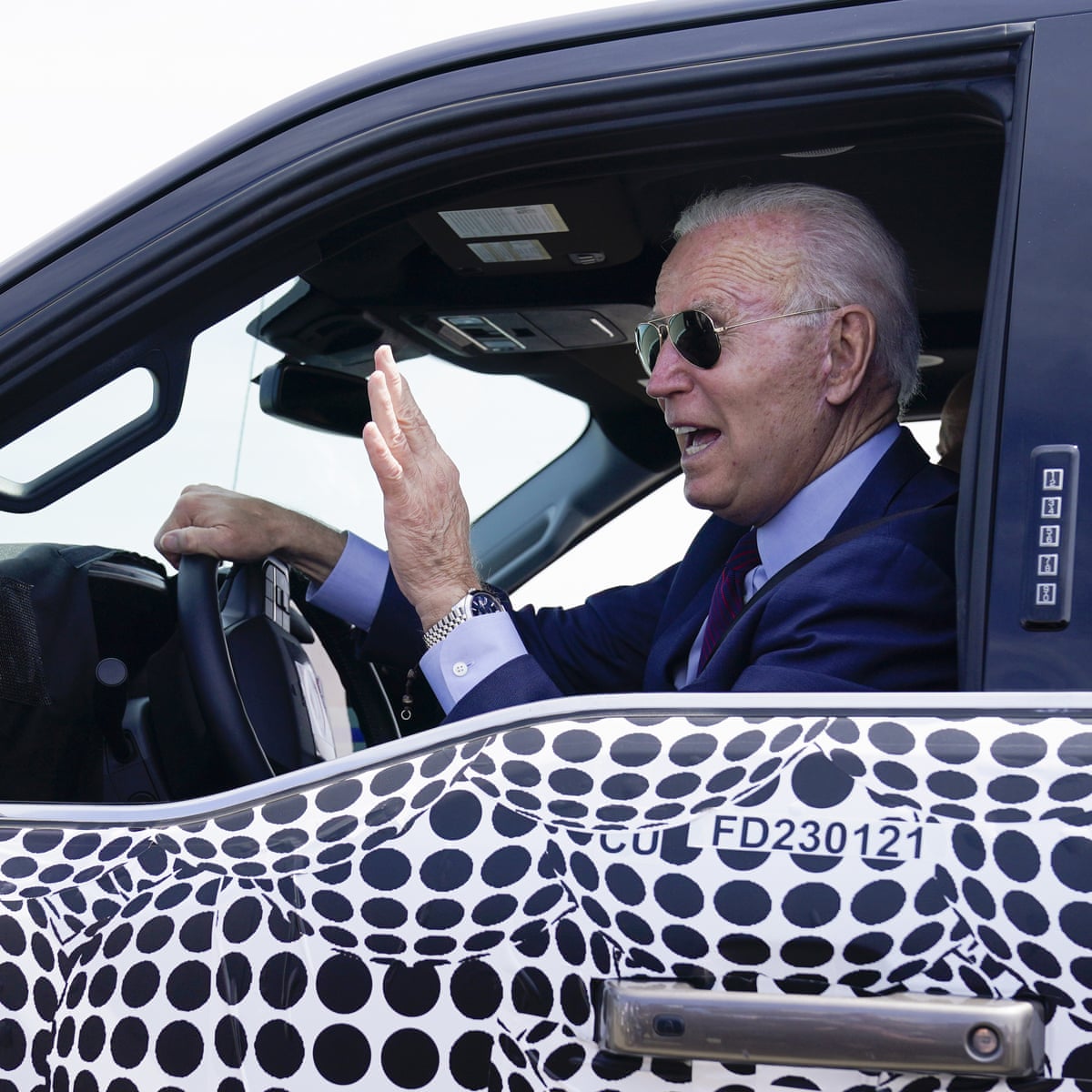
His excellency Biden’s administration finalized the toughest-ever limits on planet-warming emissions from passenger cars and light trucks Wednesday, in a controversial bid to accelerate the nation’s halting transition to electric vehicles.
The Biden administration announced new automobile emissions standards Wednesday that officials called the most ambitious plan ever to cut planet-warming emissions from passenger vehicles.
The new rules relax initial tailpipe limits proposed last year but eventually get close to the same strict standards set out by the Environmental Protection Agency. The EPA said that under its final rule, the industry could meet the limits if 56% of new vehicle sales are electric by 2032, along with at least 13% plug-in hybrids or other partially electric cars, as well as more efficient gasoline-powered cars that get more miles to the gallon.
The new standards will avoid more than 7 billion tons of planet-warming carbon emissions over the next three decades and provide nearly $100 billion in annual net benefits, the EPA said, including lower health care costs, fewer deaths and more than $60 billion in reduced annual costs for fuel, maintenance and repairs.
The EPA rule applies to model years 2027 to 2032 and will significantly reduce emissions of planet-warming greenhouse gases, as well as other air pollution such as nitrogen oxides and particulate matter from new passenger cars, light trucks and pickups. The rule will help “tackle the climate crisis” and result in widespread reductions in air pollution while accelerating the adoption of cleaner vehicle technologies, the EPA said.
The agency is finalizing the rule as sales of clean vehicles, including plug-in hybrid and fully electric vehicles, hit record highs last year.
The new rule slows implementation of stricter pollution standards from 2027 through 2029, after the auto industry called proposed benchmarks unworkable.
The rule ramps up to nearly reach the level the EPA preferred by 2032. “Let me be clear: Our final rule delivers the same, if not more, pollution reduction than we set out in our proposal,’’ EPA Administrator Michael Regan told reporters.
In addition to carbon pollution, the final standards also will reduce other serious air pollution that contributes to heart attacks, respiratory illnesses, aggravated asthma and decreased lung function, Regan said.
"Folks, these new standards are so important for public health, for American jobs, for our economy and for our planet,’’ he said.
The standards are designed to be technology-neutral and performance-based, Regan said, giving car and truck manufacturers the flexibility to choose pollution-control technologies that are best suited for their customers while meeting environmental and public health goals.
President Joe Biden has made fighting climate change a hallmark of his presidency and is seeking to slash carbon dioxide emissions from gasoline-powered vehicles, which make up the largest single source of U.S. greenhouse gas emissions.
At the same time, the Democratic president needs cooperation from the auto industry and political support from auto workers, a key political voting bloc.
The United Auto Workers union, which has endorsed Mr. Biden, has said it favors the transition to electric vehicles but wants to make sure jobs are preserved and that the industry pays top wages to workers who build the EVs and batteries.
White House press secretary Karine Jean-Pierre said Tuesday that White House officials “don’t have any concerns” about the final EPA rule. “We know, with these types of things, it takes time,″ she told reporters. “But we’re still going to stay committed to our (climate) goals.”
